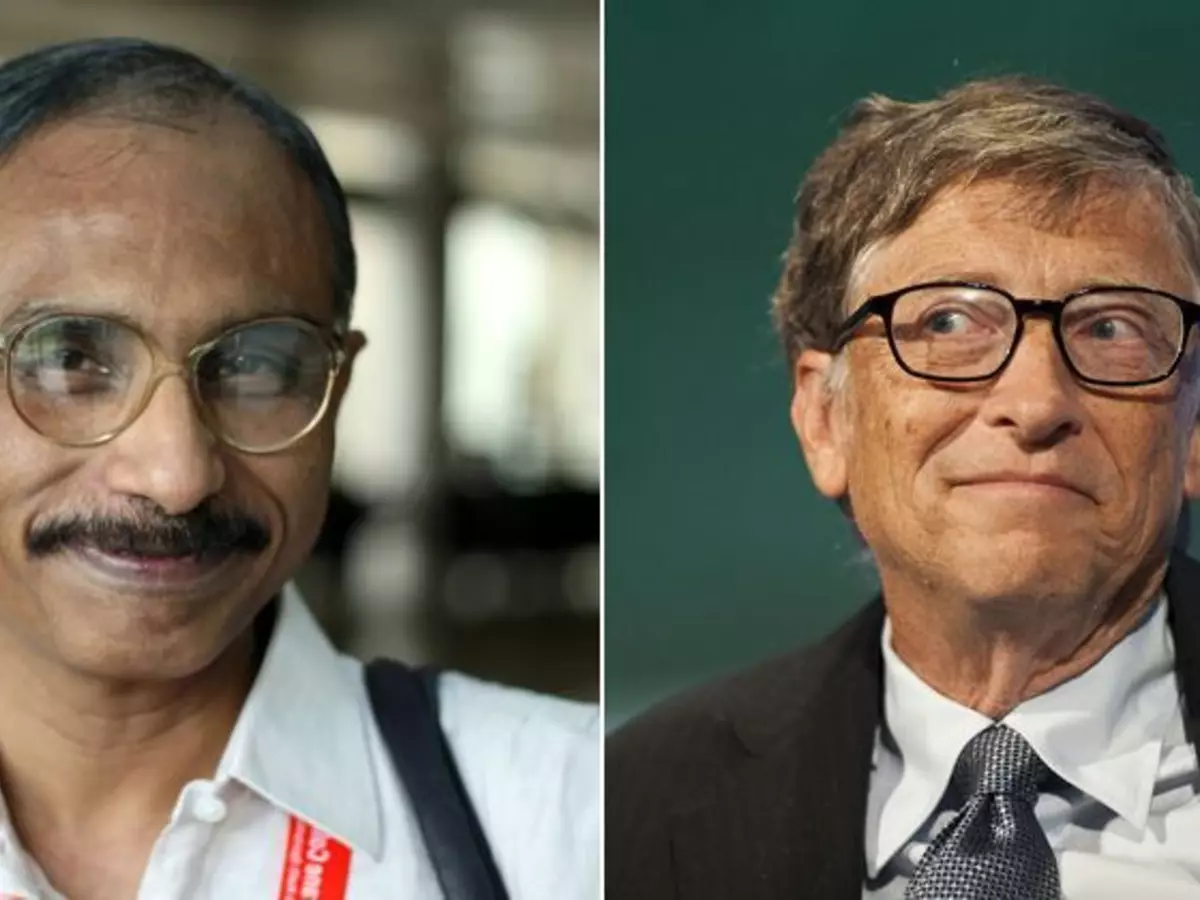Dr Matthew Varghese Who Dedicated His Life To Fight Polio Is Bill Gates' Real-Life Hero
Dr Varghese, who runs India's only polio ward, at St Stephen's Hospital in old Delhi, wants his ward emptied of patients ! devotes all his time to the rehabilitation of men and women who have been afflicted with polio

With a hammer in his hands to check the limb reflexes, a tape to measure the length of hands and legs and a goniometer to ensure precise measurement of angles, he looks more like a carpenter than a doctor. He carries no stethoscope like a regular doctor, but the orthopaedic expert has caught the attention of Bill Gates, no less, with the work he has done with polio patients in Delhi.

Meaww
The founder of Microsoft recently wrote about Dr Matthew Varghese in his blog ! GatesNotes ! calling him one of the five persons in the world who he thinks is a real-life hero. The spare-built man with kindly eyes behind big, round spectacles wasn't about to let his focus wander when TOI asked him for his reaction. "The recognition doesn't make a difference to what I do," Dr Varghese said. "But yes, I hope that it will inspire more doctors and the youth to take up the cause of assisting in the rehabilitation of polio patients."
Dr Varghese, who runs India's only polio ward, at St Stephen's Hospital in old Delhi, wants his ward emptied of patients ! and this singular vision spurs him to devote all his time to the rehabilitation of men and women who have been afflicted with polio.

BCCL
Polio was eliminated from India in 2011. But thousands continue to suffer from the immobility that the disease brought. The polio ward at St Stephen's, one of Delhi's oldest hospitals, started in 1987 with eight beds, and in the early 1990s, when polio was hyper-endemic in India with 200,000 to 400,000 cases reported annually, the ward remained mostly full.
The numbers are down, but Dr Varghese's dream of a vacant ward may take some time to be fulfilled given the sheer number of patients requiring surgery. Once, more than 600 patients underwent reconstructive surgeries to correct the malformations caused by polio at St Stephen's each year. Today, Dr Varghese said, the figure has come down to below 200.
Archana was 14 when she first came to the hospital for surgery. As he examined the woman and enquired about the difficulties she had in walking, Dr Varghese said, "She could use neither of her legs. I carried out multiple surgeries to correct the defect in her hip, knees and foot."

Youtube
Many others, like Archana, have come for over a decade for follow-up treatment by the unassuming orthopaedic surgeon, trusting him with their medical problems. As Dr Varghese remembered, "A woman came to me few years ago with her toddler. He had fever but there was no bone or joint problem so I referred the case to a paediatrician. But the woman insisted that I should see the child. Finally, she reminded me that she had undergone reconstructive surgery years earlier and that her son too suffered from the same disease."
He narrated other stories about his patients and shared their pictures, reflecting perhaps his close bonding with his patients. "I have attended marriages of many of my patients and even tried to facilitate their education or find employment for some of them," Dr Varghese said. "But that is not enough. The government and society need to be more sensitive towards people afflicted with polio. With surgery and support, they can live independently and contribute to the country's growth."
